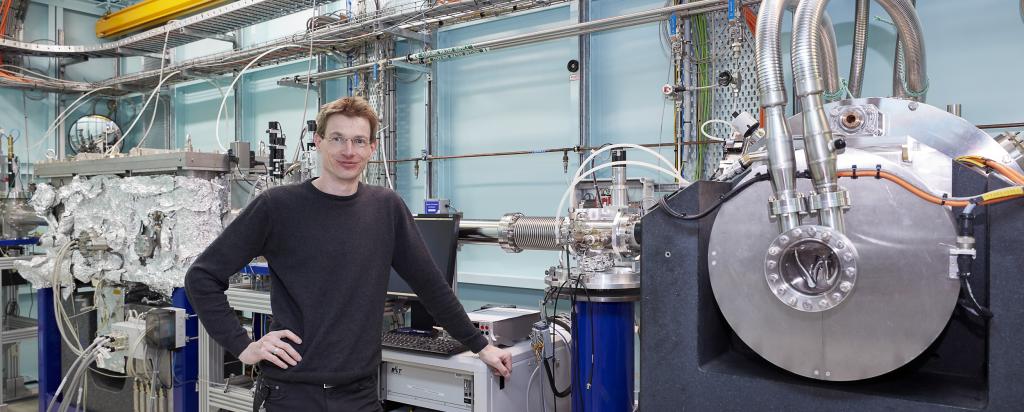
X-ray absorption spectroscopy
X-ray Absorption Spectroscopy (XAS) is a versatile tool for materials science, chemistry, and biology. By probing how x-rays are absorbed by core electrons of atoms in a sample, the technique can reveal oxidation states and local atomic structure around selected atoms.
For more information, please browse the beamline user wiki via the link below.
Techniques available
Hutch B - Standard Experimental Station for Efficient XAS
Our first experimental hutch is designed for efficient XAS on samples mounted in standard sample holders, but also a large array of in-situ cells. To minimise beamline downtime, the hutch features a non-customisable optical table equipped with a comprehensive set of tools. It supports transmission and fluorescence on samples at room temperature or within a cryostat at 10K.
The room temperature X-Y stages can accommodate small user-supplied cells for in-situ catalysis, provided they fit within the available space (approximately 10 x 10 x 10 cm). Additionally, Hutch B supports in-situ battery research and capillary heating to 900K. Please browse the user wiki pages and/or contact the beamline team to discuss your specific requirements.
Hutch C - Crystal Spectrometer / HERFD
We are commissioning a crystal spectrometer (eg for HERFD) in the second experimental hutch and are accepting merit beamtime proposals to use the equipment. Capability will expand over time. This experimental hutch is dedicated to, and will only accommodate for, spectrometer experiments.
Photon delivery system
| Source | 1.9T Wiggler |
|---|---|
| Available Energy range | 6.3 - 31 keV |
| Optimal Energy range | Mode X: 6.3 - 19 keV using Si(111) Mode Y: 15 - 31 keV using Si(311) |
| Resolution deltaE/E | Crystal dependent: ~ 1.5x10-4 using Si(111) ~ 0.4x10-4 using Si(311) |
| Nominal beam size at sample | Approx 0.25 mm2 if fully focused |
| Photon flux at sample | 1010 to 1012 ph/s using Si(111) 109 to 1011 ph/s using Si(311) |
| Harmonic content | < 10-5 |

